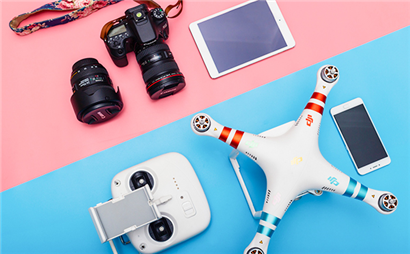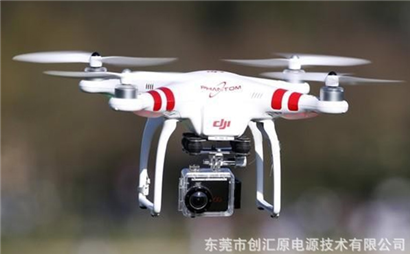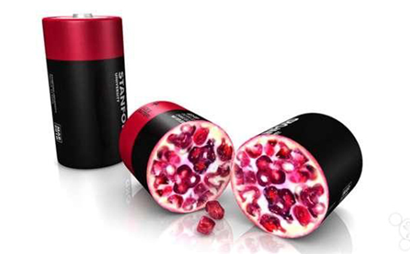Customer Service:
+86 0769 8269 8200

It turns out that the challenge is not the machine itself, but the "ink" put into the machine. Professor Jennifer Lewis is the head of the Lewis Laboratory of Harvard University. He has been committed to the research and development of intelligent ink for the past decades. He has worked hard to find an "ink" to help designers achieve customized printing of batteries and electric contacts.
Professor Lewis said, "We have been focusing on the expansion of 3D printing from shape to function." With enough time and a bit of luck, designers will see 3D printers produce robots and robots come out of printers themselves.
Smart ink can give full play to its technical value. The battery material remains solid under normal conditions, but is liquid under pressure. This new property allows the battery to be placed in a plastic substrate at room temperature, realizing design flexibility and breaking through the process of manufacturing at traditional high temperatures. In theory, because Lewis's liquid energy materials can be easily placed in other parts, the size of accessories can also be reduced.
It is expected that these materials will be widely used in the future, but currently they are only implemented in the academic environment of Professor Lewis. The battery material is produced from lithium titanium oxide nano particle suspension in the mixture of deionized water and ethylene glycol.
The commitment to technology is great, but it should not be whimsical. Professor Lewis said, "I am moderately skeptical of everyone who says that we will print out functional mobile phones within five years."

Usage and life extension of lithium battery for UAV

Tightness of preventing electric vehicle battery from bulging in summer

Six maintenance rules for lithium battery of UAV

Battery Breakthrough: Scientists have built 10 times the capacity of lithium silicon battery

CHY Power Technology supply with one-stop smart energy storage solution,We strive to provide reliable, sustainable and versatile one-stop outdoor and household backup power solutions for millions of homes and communities around the world.

Customer Service:
+86 0769 8269 8200
Add: No. 2 Qinghe Road, Huangjingkeng Village, Huangjiang Town, Dongguan City, Guangdong Province, China
E-mail: peter@aisun-power.com
Copyright © 2022 Dongguan CHY Power Technology Co., Ltd All rights reserved YueICP NO.17160197